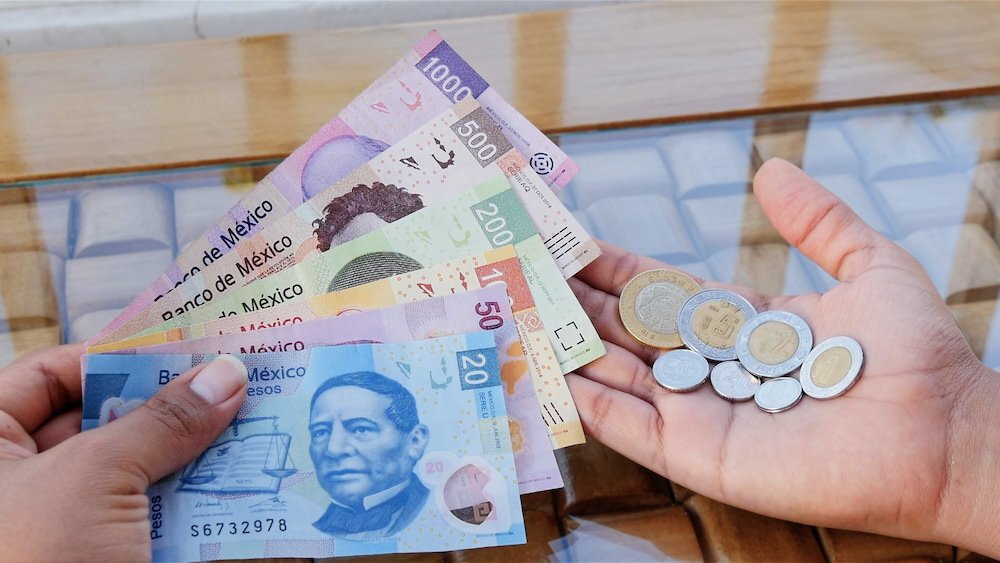Currency exchange rates play a crucial role in the global economy, influencing trade, investment, and economic stability. One such exchange rate that holds significance is the Mexican Peso (MXN) to Philippine Peso (PHP) exchange rate. In this article, we will delve into the dynamics of these two currencies, exploring the factors that influence their exchange rate, recent trends, and the potential implications for both countries.
Historical Overview:
The Mexican Peso and Philippine Peso have distinct economic histories that have shaped their values and standing in the international market. The Mexican Peso, denoted as MXN, is the official currency of Mexico and has a long and intricate history tied to the country’s economic and political developments. Similarly, the Philippine Peso, represented by PHP, reflects the economic journey of the Philippines, a Southeast Asian archipelago.
Factors Influencing Exchange Rates:
-
Economic Indicators:
- GDP Growth: The economic performance of both Mexico and the Philippines significantly affects their respective currencies. Higher GDP growth rates often result in a stronger currency.
- Inflation Rates: Central banks closely monitor inflation rates. Low and stable inflation is generally associated with a stronger currency.
-
Interest Rates:
- Central banks set interest rates, influencing borrowing costs and returns on investments. Higher interest rates can attract foreign capital, potentially strengthening the domestic currency.
-
Political Stability:
- Political stability is a crucial factor in determining exchange rates. Countries with stable political environments are generally seen as more attractive to investors, positively impacting their currencies.
-
Trade Balances:
- The balance of trade between Mexico and the Philippines affects their currencies. A trade surplus (exports > imports) tends to strengthen a country’s currency.
-
Global Economic Conditions:
- External economic factors, such as global economic crises or geopolitical events, can influence currency values. For example, the COVID-19 pandemic had widespread effects on currencies worldwide.
Recent Trends:
Examining recent trends in the Mexican Peso to Philippine Peso exchange rate provides insights into the economic dynamics between the two countries. Economic indicators, government policies, and global events all contribute to these trends.
-
Mexican Peso Performance:
- The Mexican Peso has experienced fluctuations in recent years, influenced by factors like oil prices (Mexico is a major oil exporter), trade relations with the United States, and domestic economic policies.
-
Philippine Peso Trends:
- The Philippine Peso has shown resilience amid global economic challenges. Strong economic fundamentals, remittances from overseas Filipino workers, and sound fiscal policies have contributed to the stability of the PHP.
-
Impact of Global Events:
- Global events, such as the trade tensions between major economies or the COVID-19 pandemic, have had ripple effects on both the Mexican and Philippine economies, influencing their respective currencies.
Implications and Challenges:
-
Trade Relations:
- Exchange rate movements impact trade relations between Mexico and the Philippines. A stronger Mexican Peso might make Mexican exports more expensive for Filipino consumers, potentially affecting bilateral trade.
-
Tourism:
- Exchange rate fluctuations influence the cost of travel. A weaker Mexican Peso relative to the Philippine Peso could make the Philippines a more attractive destination for Mexican tourists.
-
Investment Flows:
- Investors consider exchange rates when making international investments. A stable or strengthening currency may attract foreign investment, benefiting the recipient country’s economy.
-
Inflation and Central Bank Responses:
- Central banks in both countries closely monitor inflation and exchange rates. In response to economic conditions, they may implement monetary policies to stabilize their currencies.
-
Remittances:
- Both Mexico and the Philippines have significant diaspora populations. Exchange rate movements can impact the value of remittances, affecting the purchasing power of recipients.
Conclusion:
Understanding the Mexican Peso to Philippine Peso exchange rate involves analyzing a complex interplay of economic, political, and global factors. As these two currencies continue to navigate the evolving landscape of international finance, the implications for trade, investment, and economic stability will remain significant. Staying informed about economic indicators and global events is crucial for individuals, businesses, and policymakers seeking to navigate the intricacies of the currency market and its impact on the bilateral relationship between Mexico and the Philippines.

